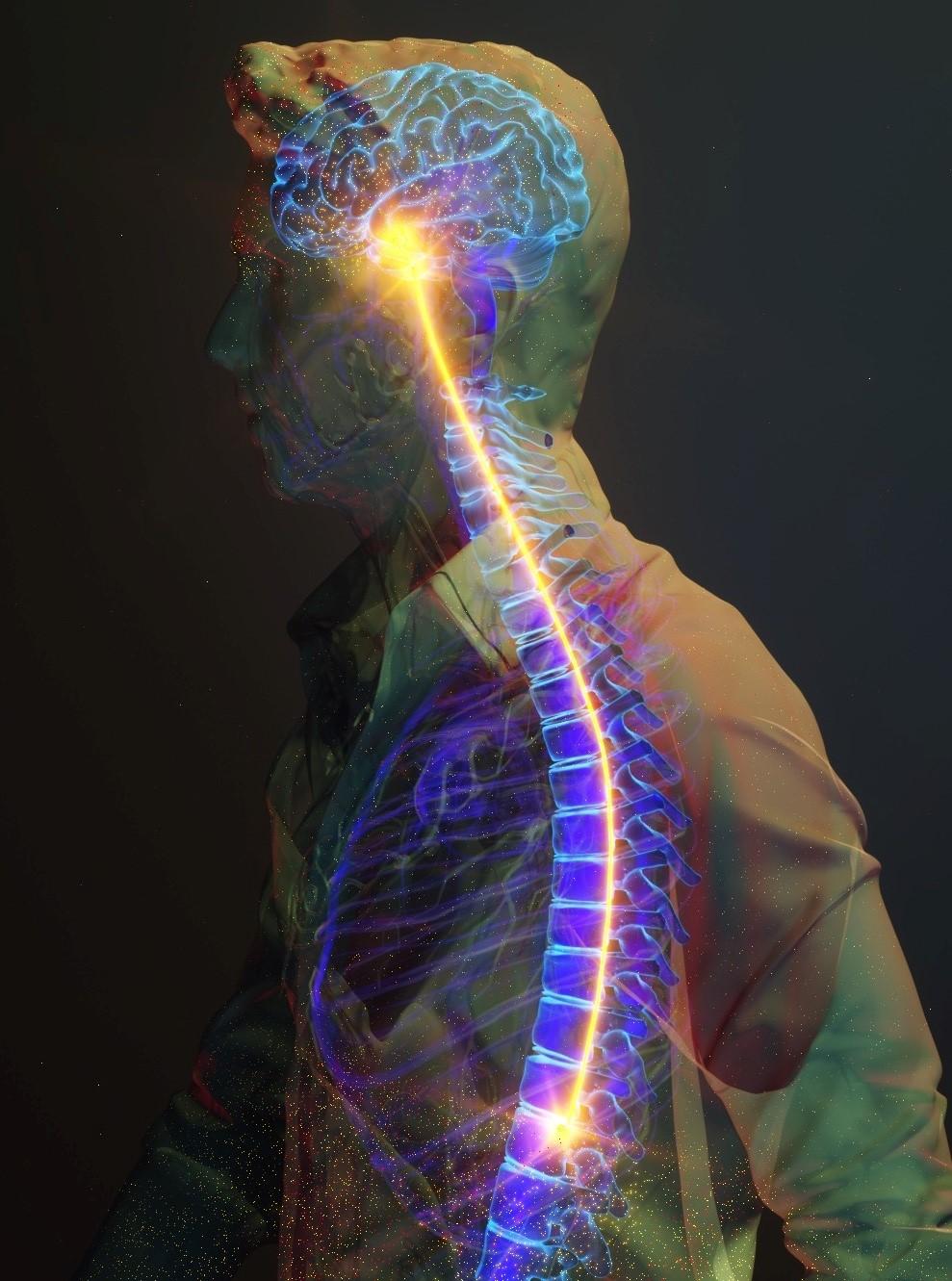New theory about the neural network that controls walking
Electrodes in turtles’ spinal cords produced surprising data – eventually spawning a theory about the existence of a previously unknown ‘command centre’ for movement.

In an article from the Lundbech Foundation, the recent findings from the research team consisting of Rune Berg, Henrik Lindén, Peter Petersen and Mikkel Vestergaard, is presented.
For decades, it has been thought that neural activity in the spinal cord “alternates”. In simple terms, the assumption is that networks of nerve cells in the spinal cord work along with certain areas of the brain to make walking possible by alternately activating particular muscles on the right and left sides of the body. But we did not know what these networks looked like in detail or how they are organised and function inside the spinal cord.
When the UCPH team studied microscopic recordings of turtles’ spinal cords as they walked, they found no evidence of this alternating neural activity. Nor did they find any evidence of it in similar experiments on rats and cats. Berg, the recipient of a Lundbeck Foundation Ascending Investigator grant, explains.
‘When we finally spotted it, what we saw were nerve cells constantly working together in network-like structures. The neural activity consisted of rhythmic movements that were repeated in all our experiments and are perhaps best described as “a continuous rotation”. That is nothing like the commonly held view of how neural networks in the spinal cord of vertebrates — including humans — make walking possible. That said, there’s still a lot we don’t know about these rotating networks and how they work,’ he points out.
Read the full article from the Lundbeck Foundation here.
The findings were originally posted in Nature. The article can be found here.

